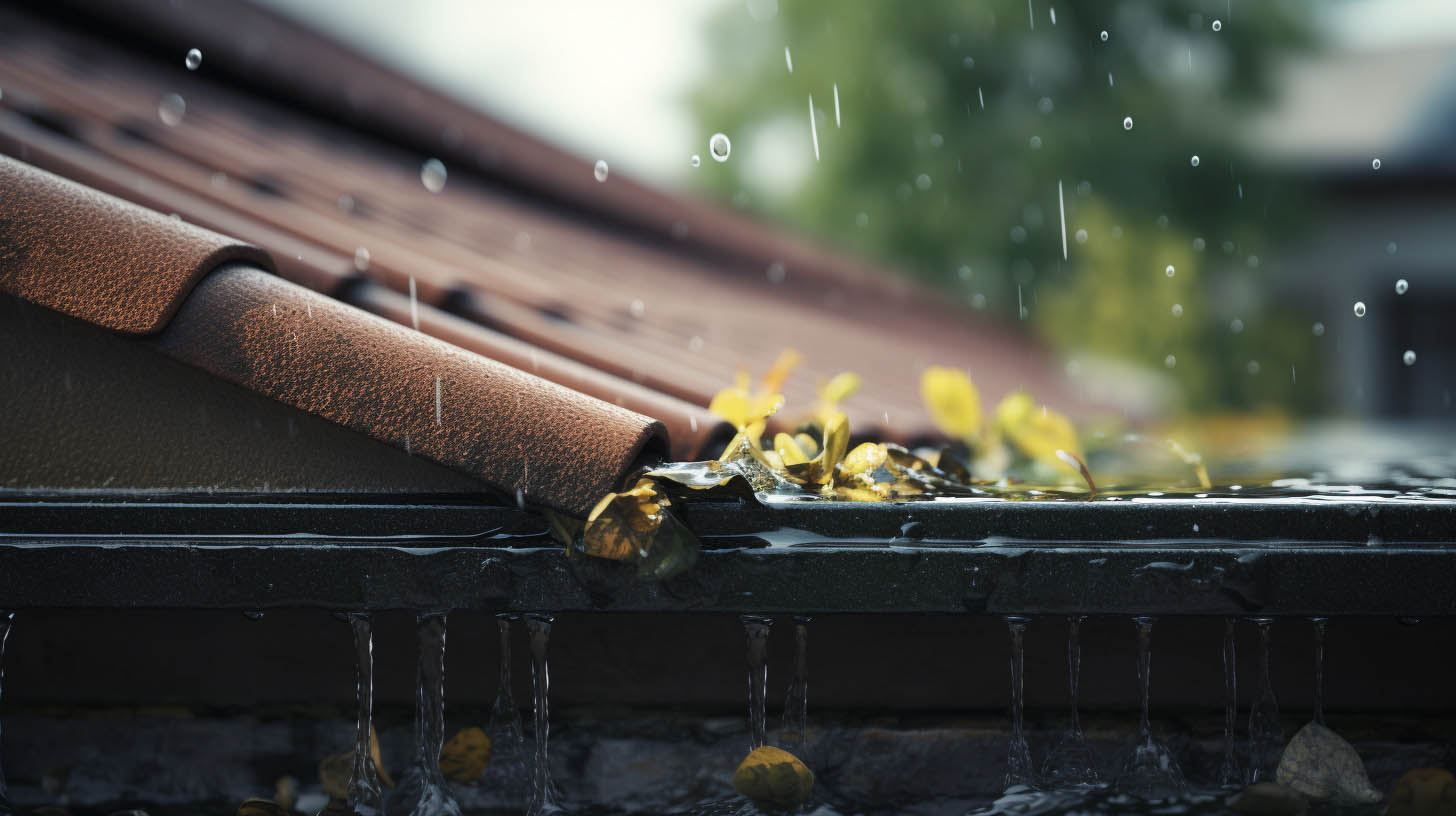
Understanding and Preventing Roof Leaks During Heavy Rainfall
Heavy rainfall can be a significant challenge for homeowners, especially when it comes to maintaining the integrity of their roofs. Roof leaks during heavy rain are not just a nuisance; they can lead to substantial damage to the structure and interiors of your home. In this comprehensive guide, we delve into the causes of roof leaks during heavy rain and provide practical solutions to prevent and address these issues.
Identifying the Causes of Roof Leaks in Heavy Rain
1. Compromised Shingles or Tiles
Wear and Tear: Over time, roofing materials deteriorate, making them more susceptible to damage.
Impact Damage: Hail or fallen branches can crack or dislodge shingles and tiles.
Poor Installation: Incorrectly installed shingles or tiles can leave gaps and weak points.
2. Faulty or Clogged Gutters
Debris Accumulation: Leaves and other debris can clog gutters, preventing proper water drainage.
Structural Damage: Gutters can become loose or damaged, leading to water seepage.
3. Damaged Flashing
Corrosion or Rust: Flashing, especially metal types, can corrode over time.
Improper Sealing: Inadequate sealing can lead to gaps where water can enter.
4. Vent and Chimney Weaknesses
Sealant Deterioration: Seals around vents and chimneys can degrade, allowing water ingress.
Structural Flaws: Cracks or gaps in the chimney can be entry points for water.
Preventative Measures and Solutions
Regular Roof Inspections
Professional Assessment: Regular inspections by professionals like MaxForce Roofing and Siding LLC, based in Columbus, OH, can identify potential issues before they escalate.
Post-Storm Checks: Inspect your roof after severe weather events for any damage.
Maintenance of Shingles and Tiles
Prompt Repairs: Replace or repair damaged shingles and tiles immediately.
Quality Materials: Use high-grade materials for longer-lasting protection.
Gutter Care
Regular Cleaning: Keep gutters free of debris to ensure smooth water flow.
Structural Integrity: Repair or replace damaged gutters promptly.
Flashing and Sealant Upkeep
Regular Checks: Inspect flashing for signs of damage or corrosion.
Re-sealing: Apply new sealant as needed to maintain a watertight barrier.
Vent and Chimney Maintenance
Sealant Application: Regularly apply or replace sealants around vents and chimneys.
Structural Repairs: Address any structural issues with chimneys or roof vents.
Advanced Solutions for Persistent Issues
Improved Drainage Systems
Gutter Guards: Install gutter guards to prevent debris accumulation.
Downspout Extensions: Use extensions to direct water away from the foundation.
Enhanced Roofing Materials
Synthetic Underlayment: Use synthetic underlayments for superior water resistance.
Impact-Resistant Shingles: Consider shingles designed to withstand severe weather.
Professional Waterproofing
Expert Application: Professional waterproofing services can provide an additional layer of protection against leaks.
Smart Home Technology
Leak Detectors: Install smart leak detectors to provide early warnings of potential issues.
Conclusion
Preventing and addressing roof leaks during heavy rain requires a proactive approach, encompassing regular maintenance, timely repairs, and the use of quality materials. Homeowners should prioritize regular inspections and upkeep to safeguard their homes against the challenges posed by heavy rainfall. By implementing these strategies, you can ensure the longevity and integrity of your roof, protecting your home and peace of mind.

